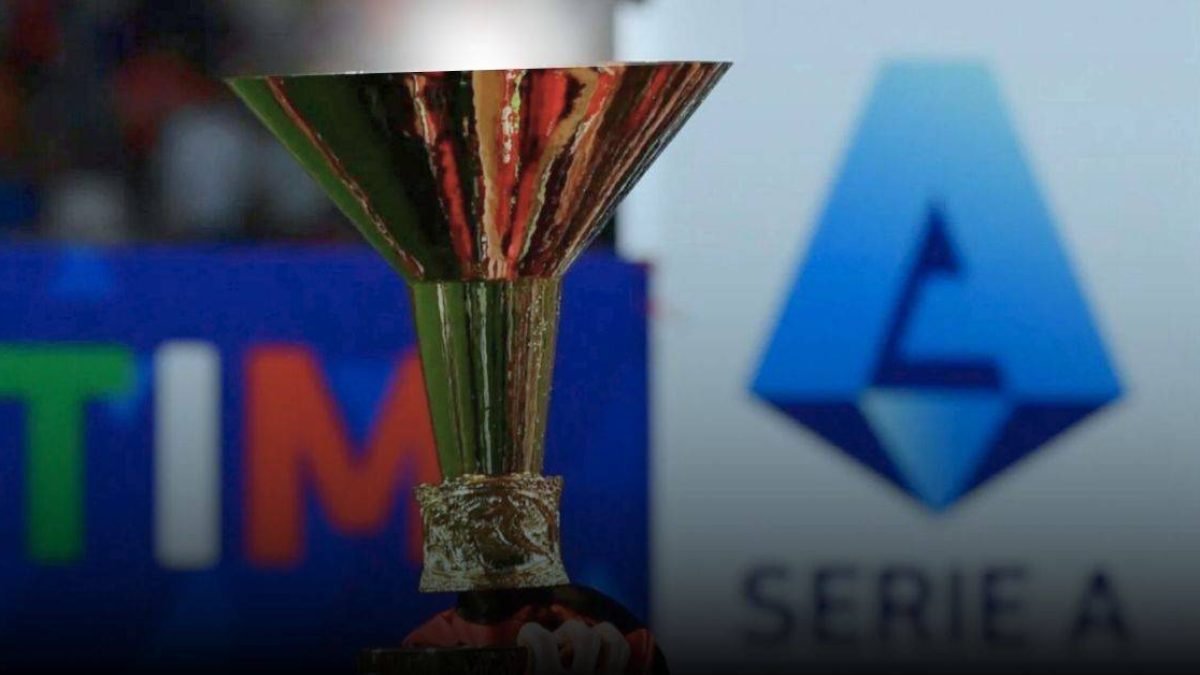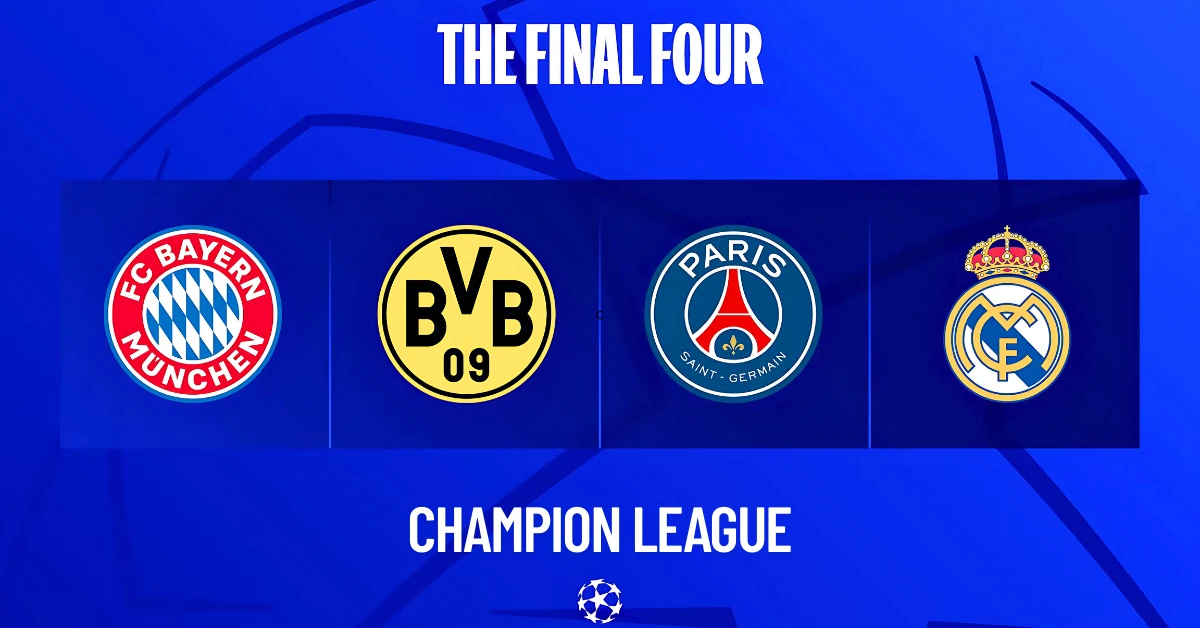Serie A is one of the most famous football leagues in the world. It has produced legendary players, historic clubs, and unforgettable moments. Teams like AC Milan, Juventus, and Inter Milan have dominated both Italian and European football. The league was once the ultimate destination for top talents across the globe. Its history is filled with success, passion, and fierce rivalries.
But in recent years, Serie A has faced many challenges. Financial struggles, outdated stadiums, and the rise of other leagues have affected its status. The dominance it once had in European football has faded. Can Italian football regain its lost glory, or is it too late?
The story of Serie A is one of triumphs and setbacks. To understand its future, we must look at its past and present. Let’s explore the journey of Italian football and where it stands today.
The Golden Era of Serie A

International Triumphs
The 1980s and 1990s were a golden period for Italian clubs in European football. Serie A teams dominated international competitions, proving their strength on the biggest stage. Clubs like AC Milan, Juventus, and Inter Milan became household names. Their tactical approach, defensive discipline, and star-studded squads made them almost unbeatable.
AC Milan was the most successful Italian club in this era. Led by legendary managers like Arrigo Sacchi and Fabio Capello, they won multiple European Cups. Their victories in 1989, 1990, and 1994 cemented their place in football history. Milan’s dominance was built on strong defense and creative midfield play. They set new standards for success in European football.
Juventus and Inter Milan also had their moments of glory. Juventus won the Champions League in 1985 and 1996, showing their consistency at the highest level. Inter Milan lifted the UEFA Cup three times in the 1990s, proving their strength in continental competitions. These achievements kept Serie A at the top of world football.
During this period, the best players in the world wanted to play in Italy. Stars like Diego Maradona, Marco van Basten, and Roberto Baggio lit up the league. Serie A was the dream destination for top talent. The league’s success in Europe made it the most competitive and attractive in the world.
This dominance helped Serie A build a strong global fanbase. Italian clubs were feared and respected across Europe. But as the years passed, challenges emerged. The rise of other leagues and financial struggles started to affect Italian football. The glory days of Serie A began to fade, leading to a new set of challenges.
Challenges in the Modern Era

Serie A was once the most dominant league in world football. But in recent years, it has struggled to keep up with the financial power and modernization of other top leagues. The rise of the English Premier League, La Liga, and Bundesliga has made competition tougher. Italian football now faces serious challenges that have affected its global standing.
Financial Difficulties
Lack of funds have become a big concern for Serie A teams. The coronavirus epidemic worsened everything as it resulted in major revenue losses. Many teams found it tough to invest in fresh players and cover salaries given reduced sponsor agreements and empty stadiums. Clubs had to let go of their top players due to this financial pressure, lowering the general level of the league.
Serie A also finds it hard to keep pace with more affluent leagues. Supported by enormous television contracts, the English Premier League can afford better player and infrastructure expenditures. Even middle-of-the-table English clubs have more money than leading Italian sides. This financial disparity makes it more challenging for Serie A teams to bring in and retain first-rate players.
Infrastructure Issues
Many Serie A stadiums are rather ancient and run-down. Most Italian sides don’t have their stadium, which sets them apart from other top leagues. Relying on local governments slows the upgrades and makes them difficult. Match-day revenue and the general fan experience suffer from this lack of modernization.
Bureaucratic obstacles sometimes meet new stadium plans. Years of approval and legal and governmental problems slow down construction. Though clubs like Juventus have developed modern amenities, others are still floundering. Serie A runs the danger of falling even more behind European competitors if stadiums are not improved.
Competitive Balance
Serie A also has suffered from issues of competitive balance. A few top clubs have won the majority of the titles in recent years. Winning nine consecutive league titles, Juventus dominated Italian football for almost ten years. This control lowered fans’ enthusiasm and damaged the general appeal of the league.
Little clubs have financial problems that make it difficult to compete with the more powerful teams. The distance between the top teams and the other teams in the league keeps widening. This has an impact on the standard of competition and lowers the likelihood of unexpected title contention.
Serie A is still one of the most renowned football leagues in history. Still, these difficulties have slowed the advancement. Italian football needs to solve financial problems, enhance infrastructure, and bring back competitive equilibrium to reestablish its former luster.
Efforts Toward Revival

Despite its challenges, Serie A is working to reclaim its position among the world’s top leagues. Italian clubs and league officials have taken steps to improve finances, attract top talent, and modernize their approach. These efforts aim to restore Serie A’s reputation and competitiveness.
Youth Development and Talent Acquisition
To secure a brighter future, Serie A clubs are focusing on developing young talent. Many teams have invested in youth academies to nurture homegrown players. This approach not only saves money but also strengthens the league with skilled Italian footballers.
Key strategies include:
- Expanding training facilities to develop young players
- Increasing scouting networks to find hidden talents in Italy and abroad
- Promoting academy graduates to first-team squads to reduce reliance on expensive transfers
Attracting international players is also a priority. Serie A clubs are working to sign rising stars from South America, Africa, and Europe. A mix of homegrown talent and foreign signings can improve the league’s overall quality and entertainment value.
Strategic Partnerships and Media Rights
To compete with wealthier leagues, Serie A is strengthening its global presence. The league has signed new media deals to increase revenue and attract international viewers.
Key efforts include:
- Partnering with global broadcasters to expand viewership
- Signing deals with digital platforms to enhance streaming options
- Working with companies like Meta to combat illegal streaming and protect revenue
These initiatives aim to boost Serie A’s financial strength and global influence. More exposure means more sponsorship opportunities, increased investment, and better financial stability for clubs.
Serie A’s revival is a work in progress. With a focus on youth development, smart player acquisitions, and stronger media deals, the league is making steady improvements. If these efforts continue, Italian football could once again become a dominant force in the sport.
The Road Ahead for Serie A

Serie A has taken important steps to regain its former glory, but there is still work to be done. The league must continue improving its financial stability, infrastructure, and global appeal. A strong long-term strategy can help Italian football compete with the world’s top leagues once again.
Key Areas for Growth
To ensure a successful future, Serie A must focus on:
- Financial Stability: Clubs need better financial management to reduce debt and increase revenue streams. Smarter transfer policies and sustainable investments will help teams stay competitive.
- Modernization of Facilities: More teams must follow Juventus’ example by upgrading stadiums. New and improved venues will enhance fan experience and attract sponsors.
- Global Expansion: Expanding Serie A’s reach in markets like the United States and Asia can bring in more viewers and sponsorships. Better TV deals and digital content will increase international interest.
- Youth Development: Strengthening youth academies and giving more opportunities to young players can create a strong foundation for the league’s future.
- Competitive Balance: Encouraging fair financial regulations and revenue sharing can make the league more competitive and exciting for fans.
Serie A has a rich history and passionate fan base. By continuing these efforts, the league can restore its reputation and once again become a powerhouse in world football. The journey is challenging, but with the right steps, the future looks promising.
Embracing Modern Football Dynamics
Football is constantly evolving, and Serie A must keep pace with modern trends. Clubs are now focusing on better management strategies, improved scouting systems, and advanced training methods. Adapting to these changes can help Italian football stay competitive at the highest level.
Technology is playing a vital role in football. Many top clubs are using data analytics to analyze player performance, improve tactics, and reduce injuries. Serie A teams are beginning to invest in these tools, but there is still room for growth. Expanding the use of sports science, artificial intelligence, and real-time match analysis can give clubs an edge over their rivals.
Off the pitch, digital transformation is just as important. Stronger social media engagement, fan interaction, and innovative broadcasting techniques can help Serie A attract younger audiences worldwide. The league must embrace these changes to compete with the Premier League and La Liga in the global football market.
Maintaining Cultural Identity
Serie A has an exceptional football culture and a long history. Although modernization is necessary, it should not destroy tradition. Known for their tactical intelligence, fervent fan base, and long standing feuds, Italian football teams are also located. These components need to be maintained going forward with the league.
Clubs have to strike a balance between worldwide growth and preserving close by contacts. Italian football will live on by means of interacting with diehard fan bases via club customs, grassroots football, and community events. Encouraging Serie A’s history and tradition among foreign fans at the same time will help the league to develop without sacrificing its character.
Through acceptance of old customs and adoption of modern approaches, Serie A can create a future that honors its legacy and guarantees its standing among the best leagues in the world. Though difficult, with the correct attitude Italian football can prosper again.
Conclusion
Serie A has long represented the top level of football. From its golden period of superiority to recent struggles, the league has conferred on it some winnings as well as losses. To put it mildly, challenges brought about by financial difficulties, outdated infrastructures, and increased competition have raised further hurdles that cannot be overlooked. Nevertheless, Italian football’s passion still remains burning.
The road to revival is already starting. Investment in youth, development in the new stadiums, with strategic partnerships, is creating the bedrock for a brighter future. With the new way of incubation of ideas, backed by traditional football, Serie A can reclaim its top place as an elite league in the world.
With the right strategies behind it and some promise of pure excellence, Italian football looks certain to rise again. The legacy of Serie A is far from finished-it continues into a new realm that could see it evolve once more into a world football heavyweight.











